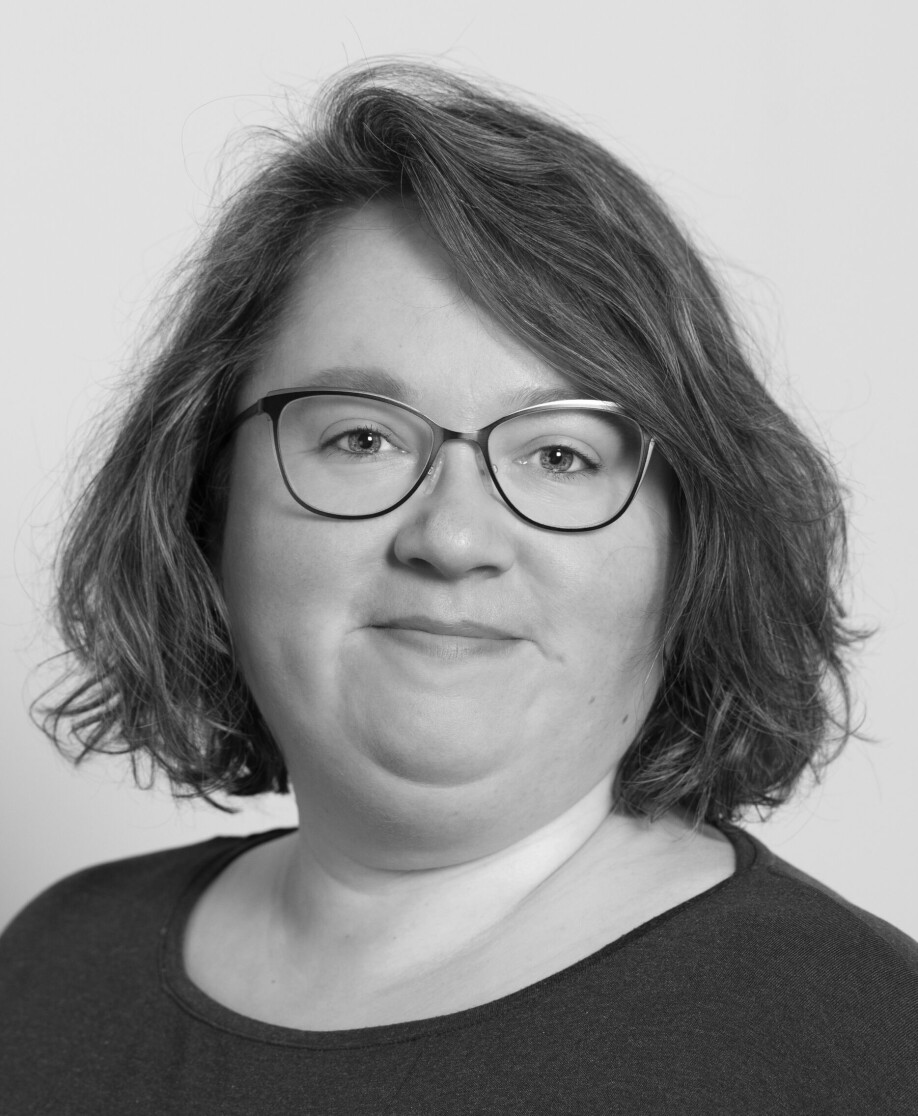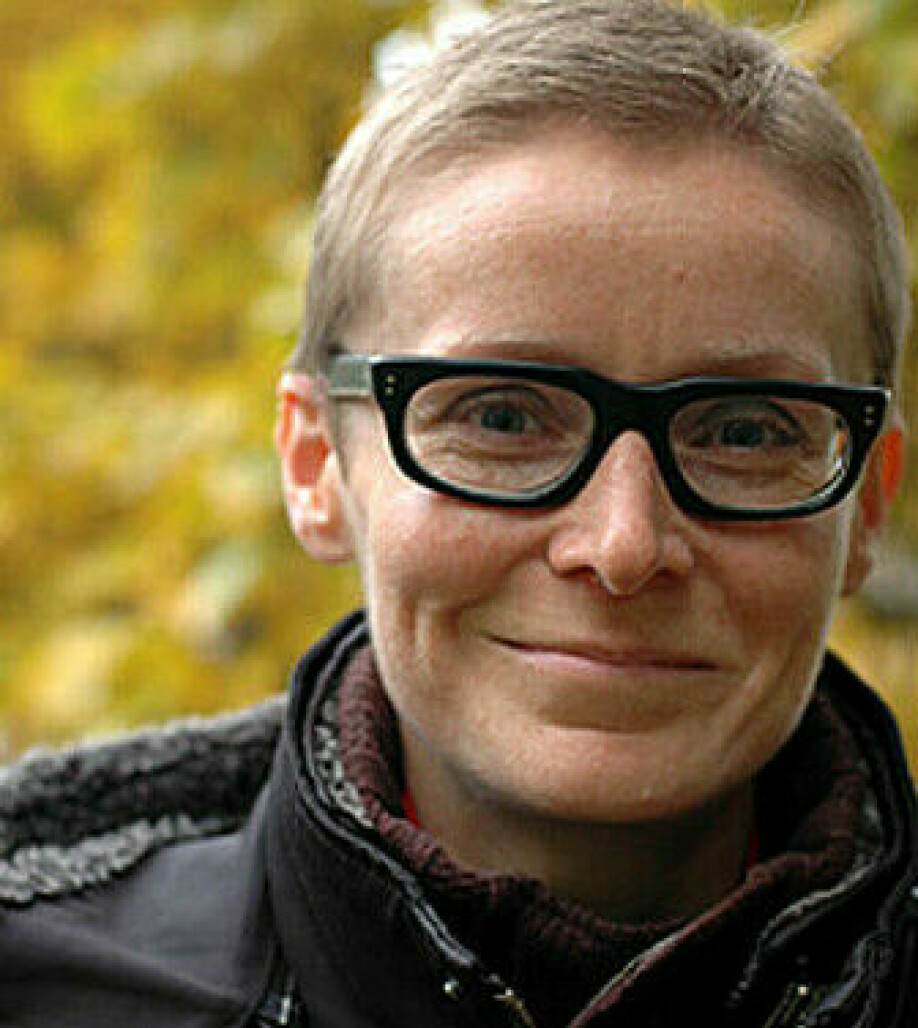
What does it actually mean to be asexual?
ASK A RESEARCHER: The answer is not as simple as researchers previously thought.
“Asexuality is an identity on equal footing with heterosexuality, homosexuality and so on", says Sunniva Árja Tobiasen.
She is one of the few academics in Norway who has immersed herself in research on asexuality, during her master's programme at the University of Oslo.
Unlike other sexual identities, people don’t talk much about being asexual in our society.
For some individuals, it can therefore be difficult to reconcile themselves to the fact that they do not feel a sexual attraction to other people.
“There’s an expectation in society that at some point you will be sexual. So you can find it very difficult when you don’t feel sexual and think that something’s wrong with you,” says Tobiasen.
Category X
Our understanding of this sexual identity is also relatively new. The first time asexuality was described in a way similar to how we think of it today was in 1954.
In the Kinsey report on women's sexual habits and behaviour, the authors introduced category X:
"Finally, an individual receives the designation X if he or she does not react erotically to either heterosexual or homosexual stimuli."

The American researchers behind the report found that very few men ended up in this category.
Today we know that all genders can be asexual.
Asexuality is a spectrum
The definition of asexuality has also become more nuanced over time.
The simple variant is that you are not sexually attracted to other people, but this does not cover the experience of everyone who identifies as asexual.
“You can think of sexuality as a spectrum or a scale,” says Tobiasen.
Individuals who very rarely experience sexual attraction often call themselves greysexual.
And people who need to have strong emotional ties to feel sexual attraction often use the term demisexual.
- RELATED: Maybe you also want to know what determines whether you have a good sex life as an older adult?
Grown along with visibility
Since the 2000s, research on asexuality has taken off internationally. But in Norway there are still no studies of people who define themselves as asexual, according to Randi Elin Gressgård, a professor at the University of Bergen.
There are also no good figures on how many people identify as asexual in Norway. Part of the challenge is that the statistics are based on people's own experiences and what they themselves choose to identify as,” Gressgård says.
One estimate is that one percent of the population is asexual. But this number is unstable at best.
“What we do know is that the number of self-identified asexuals has increased in line with increased visibility, especially among young people,” says Gressgård.
Asexual character in TV soap
In recent years, asexuals have become more visible both on social media and in popular culture.
“TV series have also begun to portray asexuals, like the ITV soap Emmerdale in England. That was unthinkable just a few years ago", Gressgård points out.
The largest international online platform for asexuals is the Asexual Visibility and Education Network (AVEN) with almost 140 000 members.

The community also has a Norwegian subsidiary. The Facebook page of AVEN Norway has 200 followers.
- RELATED Here's another thing a lot of people don't know enough about: No, a woman’s hymen does not reveal whether she has had sexual intercourse or not
Some asexuals fall in love
Asexuals are a diverse group for several reasons.
Some never fall in love with others and therefore define themselves as aromantic as well as asexual.
Others might fall in love, even if they do not feel sexual attraction. And just like everyone else, whether they fall in love with the opposite sex, same sex, both sexes or all sexes can vary.
It’s also not the case that asexuals never have sex, Tobiasen says.
Some do not want to have sex at all, while others do, to varying degrees.
Physical response
Asexuals may choose to have sex because they want intimacy or want to satisfy a partner, according to Tobiasen.
“Sex, for some, is a little more mechanical. It isn’t necessarily huge opposition to sex, but a more neutral attitude to it.
Another myth is that asexuals cannot have a physical sexual reaction.
“Regardless of sexual identity, you can experience a physical response without feeling like it,” Tobiasen says.
Pathologized by medical field
Both Tobiasen and Gressgård believe that the medical community has contributed to pathologizing asexuality.
The definition of diagnoses labelled sexual dysfunctions overlaps with the description of being asexual.
“Experiencing little or no sexual desire does not have to mean that something is wrong,” says Tobiasen.
Gressgård believes there is simply too little knowledge about asexuality in the health care system.
“Clinicians find it easy to view asexuality as pathological because they take for granted that people have innate sexual needs. Absence or only a small degree of sexual desire is understood as a mental or physical disorder, even though asexuality is not a diagnosis,” she says.
References:
A. Kinsey et al., The Kinsey Report: Sexual Behavior in the Human Female (Third edition), Cappelens Forlag, 1954. Digital version at the National Library (in Norwegian).
Sunniva A. Tobiasen: The asexual potential, article on UiO's website.
———
Translated by Ingrid Nuse
Read the Norwegian version of this article at forskning.no
































